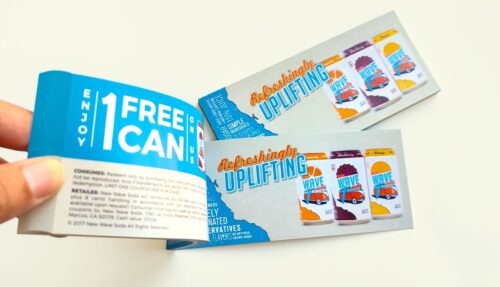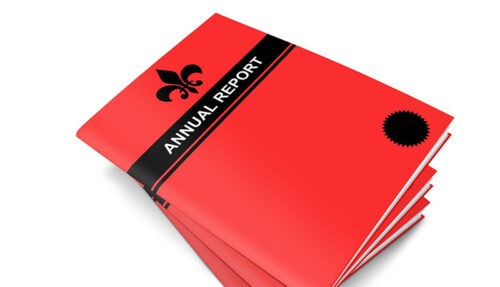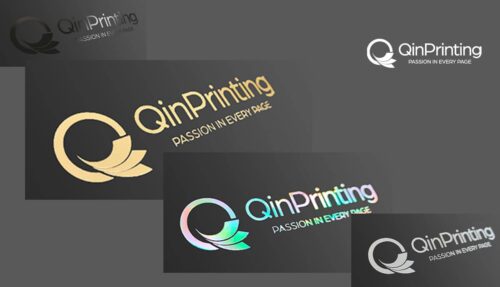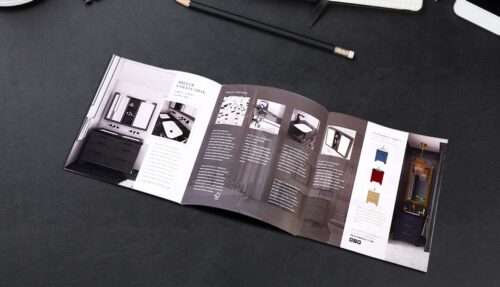We explain the power of short run catalogs for product testing and market analysis. Steal this information to boost your business!
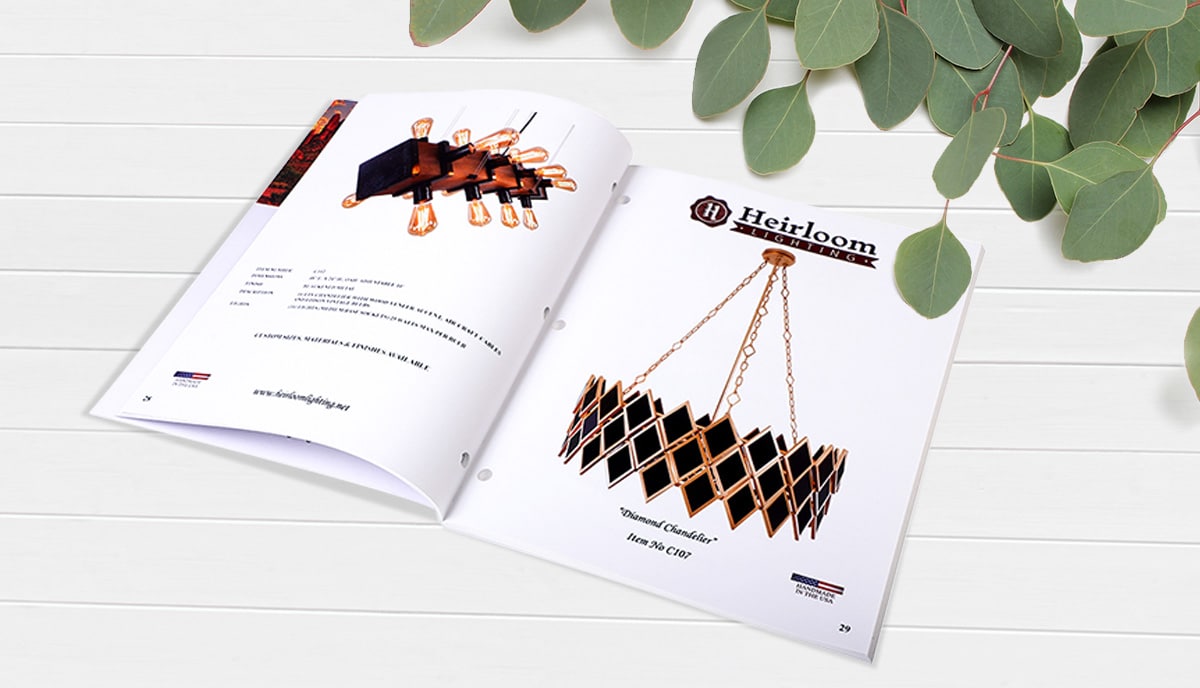
Short-run catalog printing offers an innovative and cost-effective way to connect with niche markets or smaller audiences. Unlike traditional larger press runs, which can be a financial gamble if they miss the mark, short-run catalogs allow you to create targeted materials without the risk of excess inventory. Whether you’re introducing a new product line, experimenting with your branding, or looking to streamline your printed materials, short-run catalogs provide a flexible solution to test ideas while minimizing waste.
One of the standout benefits of short-run printing is the opportunity to experiment with different marketing strategies. For instance, if you’re launching a new product, a short-run catalog can serve as an effective showcase to gauge customer interest and campaign effectiveness. This agile approach allows you to pivot quickly based on real-time feedback without the heavy investment typically associated with larger print jobs. Plus, for time-sensitive promotions or events, short-run catalogs let you print just what you need, eliminating the hassle of leftover stock.
Environmentally conscious businesses will also appreciate that short-run catalog printing can significantly reduce your ecological footprint. By printing only what you need, you consume less energy and produce less waste. Pair this with eco-friendly materials, such as recycled paper or sustainably sourced stocks, and soy-based inks, and you’ll be making a responsible choice that doesn’t compromise on quality.
Not only that, short-run catalogs facilitate valuable market analysis through the incorporation of unique codes, barcodes, or QR codes, enabling you to gather insightful data on customer interactions and preferences. This information not only helps you refine your marketing strategies but also enhances your understanding of your audience’s needs and behaviors.
So, short-run catalog printing is not just a practical choice; it’s a strategic investment in your brand’s future.
How to make a successful short run catalog
hat are the key elements of a successful short run catalog that you’ll want to include? We’ll break them down for you now. Here’s a helpful list along with simple explanations:
- Well-written copy that entices the reader to purchase the products
An easy-to-read style and streamlined content will help your customers find what they are looking for quickly, increasing the likelihood that they will make a purchase. To create effective product descriptions, you should use benefits-driven language. This type of writing focuses on how a product will benefit the reader, rather than the features of the product. It’s important to write product descriptions that are personalized to your readers. A simple way to do this is to ask yourself, what are they trying to solve? What problems do they have? Once you can answer that, you have the keys to a successful product description that presents the item as a cost-effective solution. - High-quality images that showcase the products in a positive light
A professional photographer will help you create the right lighting and angles to showcase each product as it should be seen. High-quality images that are crisp and clear will help customers make better buying decisions. It’s important to include additional images that show close-ups of the products as well. This allows customers who are looking at your products online to see details that may have otherwise been missed. - Informative product details and technical specifications
By providing detailed information on your product, you can increase trust, build credibility, and make it easier for potential customers to buy from you. An informative product detail lets customers know that your business values transparency and honesty. It can also help with conversions by making it easier for people to decide whether to buy from you. - Include several easy-to-use purchase options to suit everyone
Offering a variety of ways to shop and pay can make your catalog more attractive to customers. This also breaks down barriers for people to buy your products or services, as they might have different preferences and circumstances. A variety of payment methods improves your conversion rate, as the majority of people are likely to be more comfortable with one of these options than with another. So, think of credit and debit card purchases, scannable QR codes to your online checkout, PayPal, Apple Pay, Google Pay, and more; even the old-fashioned cash-on-delivery.
Tips for designing a successful catalog
To create a successful catalog, investing in skilled professionals is essential. Start by hiring a talented copywriter who can craft compelling product descriptions and engaging content. This step is crucial, as persuasive writing can significantly influence purchasing decisions. Here are some key aspects to consider:
- Craft great descriptions: A copywriter can highlight unique features, benefits, and uses of your products. Effective descriptions should:
- Use clear and concise language.
- Incorporate storytelling elements to connect emotionally with customers.
- Focus on customer pain points and how your product solves them.
Next, invest in quality photography to showcase your products attractively. Research shows that high-quality images can increase sales by up to 70%. Here are a few pointers for effective product photography:
- Lighting: Use natural or professional lighting to avoid shadows and bring out true colors.
- Angles: Capture multiple angles to give customers a complete view of the product.
- Contextual shots: Include lifestyle images that demonstrate the product in use, helping customers envision it in their own lives.
Finally, simplifying the ordering process is key to converting interest into sales. If customers encounter hurdles while trying to make a purchase, they may abandon their carts. Here’s how to streamline the buying experience:
- Intuitive layout: Ensure the catalog layout directs customers effortlessly to product details and pricing.
- Clear calls to action: Use bold, actionable language like “Order Now” or “Add to Cart” to guide customers through the purchasing process.
- Multiple payment options: Offer various payment methods to accommodate different preferences, increasing the likelihood of a successful sale.
Once you’ve established these foundational elements, engage a designer to create an eye-catching layout that brings all these components together seamlessly. A professional layout not only enhances aesthetic appeal but also ensures that the catalog is easy to navigate, making it a pleasure for customers to browse and buy. With these steps in place, your catalog can effectively attract and convert customers while reflecting the quality and uniqueness of your brand.
Paper, binding, and printing options for catalogs
When it comes to producing catalogs, the printing and binding options you choose play a crucial role in shaping the final product’s quality and appeal. Options range from standard black-and-white printing to vibrant full-color designs, which can significantly impact how your products are perceived. Here’s a breakdown of key printing and binding considerations:
Printing options
- Black and white: Ideal for text-heavy catalogs where visuals aren’t the main focus. This option is cost-effective but may lack the visual appeal needed to capture attention.
- Full color: Essential for showcasing products attractively, as color can increase engagement and interest.
- Specialty Prints: Consider options like metallic inks or spot colors for unique visual effects that can set your catalog apart.
Binding options
- Unbound: Loose pages can be ideal for quick updates or promotional inserts but may lack durability.
- Folded: Offers a more traditional format, suitable for brochures or smaller catalogs.
- Spiral binding: Provides a flexible, lay-flat design that’s easy to handle and read.
- Perfect binding: Ideal for thicker catalogs, giving a polished look akin to paperback books.
- Saddle stitch: Cost-effective for smaller catalogs, where staples hold the pages together neatly.
- Hardcover: For a premium feel, hardcover catalogs with full-color printing can create a lasting impression and are more likely to be kept on bookshelves
Paper quality
The quality of the paper you choose is equally important, as it directly impacts the reader’s experience and the catalog’s longevity. Here are some popular paper options:
- Standard offset paper: Economical and widely used for text-heavy pages.
- Glossy paper: Enhances color vibrancy and is ideal for high-quality images, making it great for product showcases.
- Card stock: Thicker and sturdier, perfect for covers or promotional inserts.
- Vellum: Offers a unique, translucent quality that can add a sophisticated touch to your catalog.
Using higher-quality paper increases the likelihood that customers will keep your catalog for reference rather than discarding it. A well-printed catalog can remain on their shelves, serving as a reminder of your brand.
Experimentation with short-run catalogs
One of the major advantages of short-run catalogs is the ability to experiment with various styles and formats. You can A/B test different printing and binding combinations to see what resonates best with your audience. For instance, you might test:
- Different paper types (e.g., glossy vs. matte).
- Varying binding styles (e.g., spiral vs. perfect binding).
- Color schemes and layouts.
This flexibility allows you to gather data on customer preferences and optimize your catalog for maximum impact, ensuring that it meets your business needs effectively.
Talk to us. We're here to help!
Ready to dive into the exciting world of short run catalog printing? Talk to us first! We have 25 years of experience in the industry, state-of-the-art design and printing technology, an enthusiastic team of genuine experts, and a real commitment to top-notch customer service. We’re only happy when you are. Get in touch today to discuss your needs or ask us for a tailored, no-obligation quote.





